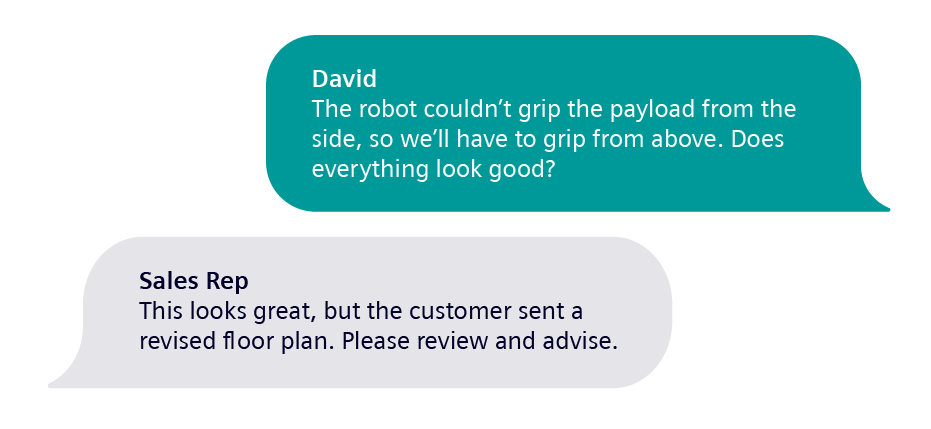Join the forum for Designers!
Your expertise is vital to the community. Join us and contribute your knowledge!
Join the Forum NowShare, learn and grow with the best professionals in the industry.
Winning more business, making better decisions, and decreasing the number of physical prototypes can be achieved by adopting appropriate strategies.
Prior to my employment at Siemens, I worked as a design engineer for several years, utilizing a range of CAD and CAE software to develop customized machinery and automation equipment. These projects presented two primary obstacles; strict delivery timelines and the customer’s unwillingness to finance R&D efforts, resulting in only one chance to get it right. Though enjoyable, the job was also stressful, as unexpected design changes could quickly eat into profits or even result in a loss. Sometimes design changes caused delays in delivery which unfortunately led to some unhappy customers.
As someone who is passionate about lifelong learning and enjoys sharing knowledge with peers, I devised the following story to discuss how I would have used Siemens NX and Simcenter software to accelerate the design process.
Animations help quote the job
One of our sales reps sent me the following message:

Starting with a blank slate, I begin sketching some ideas in Siemens NX. To ensure the gripper moves parallel to the payload sides, I will use 2 parallel bars and incorporate a bell crank that will be driven by an actuator. Animations can effectively communicate ideas, much like a picture speaks a thousand words.


In the past, I would have needed to create 3D models of the mechanism assembly along with the respective assembly relationships to simulate its motion. However, now that I can animate sketches using NX Animation Designer, it’s much quicker and easier to evaluate concepts and perform what-if studies prior to modeling. This is especially useful since the project is still in the quote phase and we don’t want to invest too much time at this point.
Effortlessly solve complex motion

How would you approach this request – manual articulation of assembly constraints? With this approach, you’ll probably spend a lot of time with numerous iterations to achieve the desired motion.
There is a better way, and one of my favorite commands is Inverse Kinematics. It is incredibly simple to use and can save so much time. Here is the workflow:


In this example, I set limits on the appropriate joints to mimic the robot’s physical constraints and received the following prompt that the target could not be reached.

As seen in the animation above, the robot was unable to grip the payload due to its limited range in motion and a simple fix would be to raise and/or move the conveyor further away from the robot. However, the conveyor height is a fixed customer requirement, so what if we grasp the payload from overhead? To validate this idea, a simple edit is made by re-orienting the target location triads and the motion re-solves in nearly real-time.

It appears this change will work, so I’ll give our sales rep an update.

Efficiently handle change request
Changes happen all the time, and Siemens NX makes it a breeze to handle them efficiently thanks to its integrated environment. I received a new floor plan from the customer. They added some equipment near our pickup location, and I needed to include it in our simulation. To do this, I used a bounding box to highlight the obstruction. Additionally, I activated the Collision Avoidance option in the Inverse Kinematics command. After resolving the motion path, the simulation was able to avoid the newly added obstacle without any issues.

Summary
Siemen NX empowers designers to effortlessly animate concept models, validate intricate motion, and handle change request with ease.
Join the forum for Designers!
Your expertise is vital to the community. Join us and contribute your knowledge!
Join the Forum NowShare, learn and grow with the best professionals in the industry.

